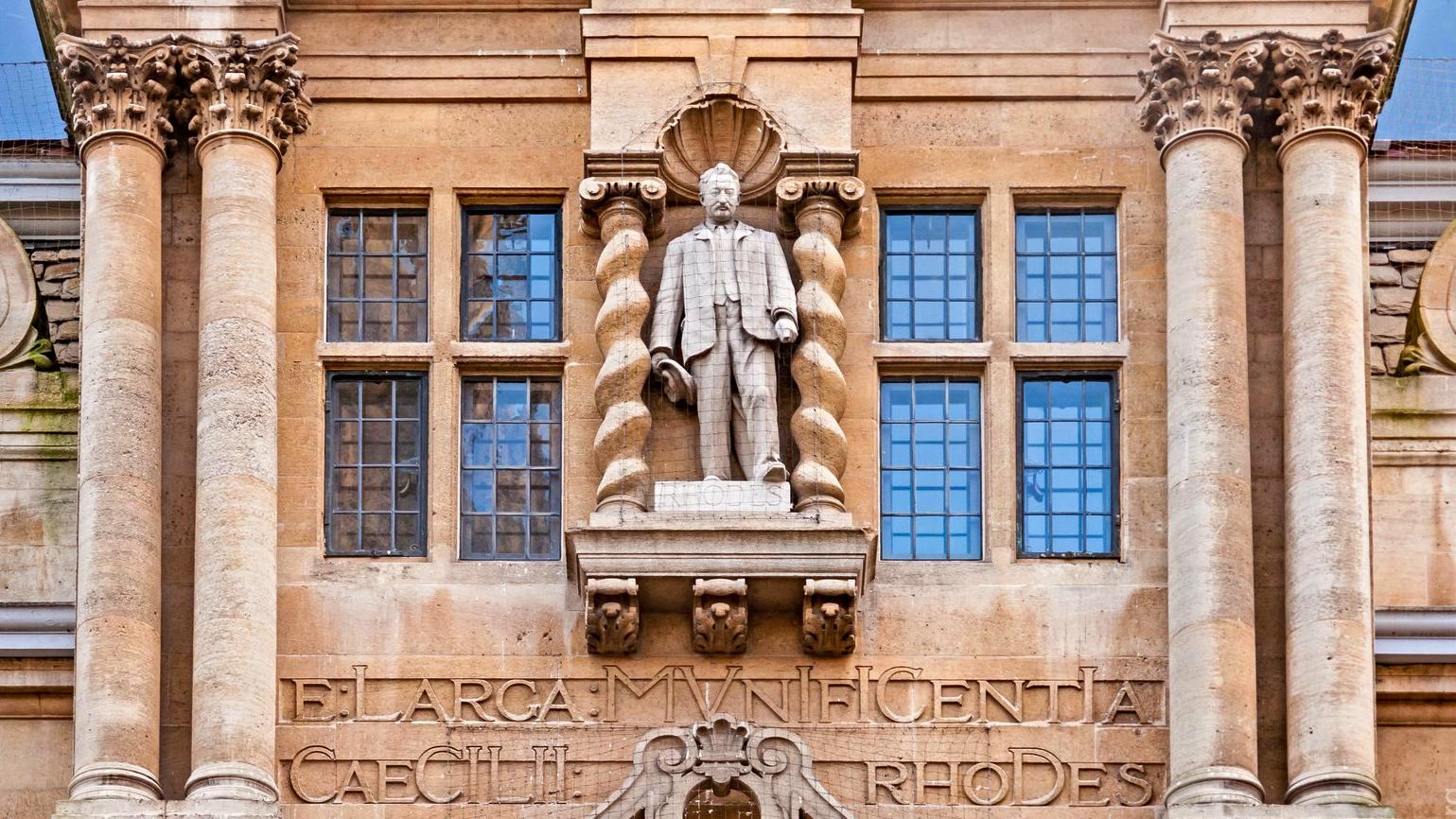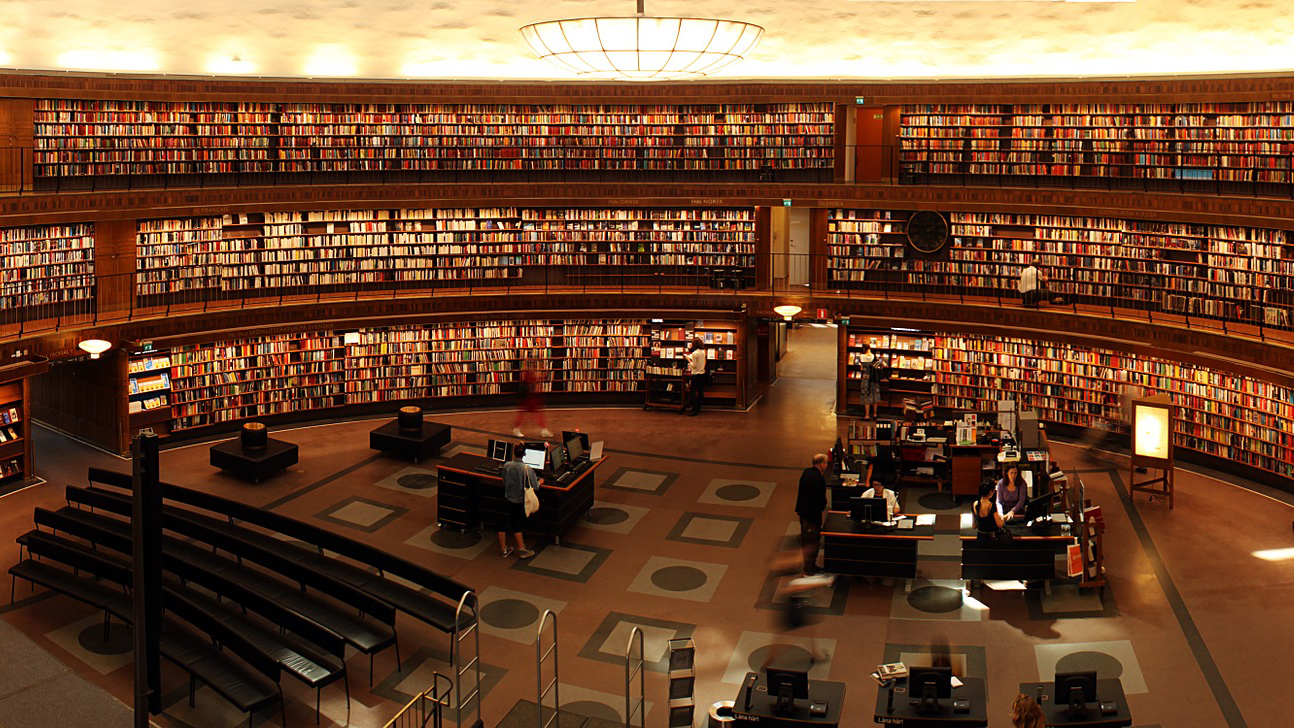Plans for Tanzania’s controversial 2,100MW mega-dam would make it the joint second largest hydropower facility in Africa, with negative environmental and socio-economic impacts expected alongside strains on state finances. How the new government approaches the dam, writes Barnaby Dye, will inform how political power is concentrated in the Hassan administration, particularly whether it is more or less centralised than under ex-President Magufuli.
In Tanzania, one of ex-President Magufuli’s controversial legacies is a mega-dam in the early stages of construction in the Selous Game Reserve, a World Heritage Site. The Julius Nyerere Dam has long been touted as a silver bullet for the country’s energy and development problems. However, UNESCO’s World Heritage experts and other researchers demonstrate that the dam is incompatible with the Reserve’s World Heritage Status. Moreover, reports show that it will have serious consequences for livelihoods downstream and makes little economic sense given the project’s 10-year construction time and costs stretching to over $5 billion. So will President Hassan’s new government change course?
Controversies surrounding the Julius Nyerere (Stiegler’s Gorge) dam
If built tomorrow, Tanzania’s 2100MW mega-dam would have enough installed capacity to make it the joint second largest hydropower facility in Africa. This is significant as energy is in an acute shortage in the country, with frequent dry-season black-outs creating significant economic harm. For instance, 2014-15 blackouts supposedly cost between 5-7% of Tanzania’s GDP. But is this 2,100MW dam the infrastructure solution Tanzania needs?
The most direct challenges levelled at the dam are its fundamental negative socio-economic and environmental impacts. Of most concern are the effects on the area immediately downstream, which lies at the heart of the globally-recognised Selous Game Reserve World Heritage Site. Damage, in particular, will extend to the Rufiji River’s Delta, protected by the Ramsar wetland convention, and to farmers whose livelihoods rely on the river. Moreover, Tanzania’s richest fishery is located in the delta.
This damage will come from the dam intervening in the services provided by the river. Its annual floods irrigate and fertilise important habitats and farmland, while rejuvenating and feeding animals like prawns in the delta. Flooding of the dam’s reservoir will also destroy habitat, but that is a minor concern compared to these downstream impacts, estimated to negatively effect 200,000 people.
Such negative impacts caused international opposition to the dam, resulting in the project stalling in the 1980s as the government was unable to access finance. This changed with President Kikwete’s 2005-15 government. Riding on a wave of economic growth, and with the support of Brazilian firm Odebrecht, he re-established the project. However, my new research reveals that fractures within the ruling party prevented projects like this dam getting off the ground, including joined-up agreement across government, meaning that the companies responsible for developing electricity projects under his administration were unable to get the guarantees needed to secure finance and start construction.
This changed with President Magufuli, who made the 2,100MW dam a centrepiece of his industrialisation plans, the key to attracting investors and increasing manufacturing through abundant cheap power. Moreover, my research demonstrates that his ascension to the Presidency allowed a profound centralisation of political power within the ruling party, contrasting with the fractured, distributed settlement under his predecessor. This allowed Magufuli to overcome the policymaking problems stymying past energy-generation projects, easily coordinating government and forcing through financing.
Additionally, the project was made even more straightforward by Magufuli’s choice to pursue it as a state-owned vehicle, rather than one privately owned and financed. This meant that the government didn’t need to convince international investors or overcome criticism of the dam’s negative impacts.
Challenges to completion
However, there are further fundamental challenges facing the Julius Nyerere Dam. Chief of these concerns finance. The administration claims that it will finance the supposedly US$3billion dam domestically through tax revenue. Even at this figure, the state’s tax income would be severely stretched, not least given Tanzania’s rising debt. Moreover, if compared to a record of similarly sized dams, costs should reach between $6-10 billion.
A second major issue concerns the choice of contractors. Magufuli’s administration selected Egyptian firms with no experience of undertaking a major dam on this scale. Furthermore, mega-dams have a long history of overrunning, usually taking between 8-10 years. That would give the Julius Nyerere Dam another six years till completion.
With these challenges, questions remain about the dam’s current status as the number one electricity-generation project in the country. These are particularly pertinent given plausible alternatives. Solar and wind costs are plummeting and both technologies have proven potential in Tanzania while also boasting fast 1-2 year build times. Similarly, my research demonstrates that a raft of alternative, faster and cheaper gas and hydropower plants have been pursued over the last decade. Tanzania, therefore, has options, but will President Hassan’s new government take them?
Future prognosis and the state of government
The passing of President Magufuli offered a chance to change course, but early signs are that the new administration is not pursuing a new direction. At the United Nations World Heritage Committee last month, Tanzania successfully organised a group of African countries to block the secretariat’s technical recommendation to strike the Selous Game Reserve from the World Heritage list, given the Nyerere dam’s construction. This, and the celebration of that decision by ruling politicians, demonstrates a commitment to the project.
However, there are doubts about whether President Hassan’s government can pull it off. My research demonstrates that when the ruling party was fragmented, it rarely delivered large infrastructure projects. The only exception was a major gas pipeline that had full, subsidised Chinese government finance commissioned in 2015. It is reasonably likely, and early signs perhaps tentatively indicate, that political power within the ruling regime is less centralised under President Hassan than it was under Magufuli.
This could well become an issue as it will harm fiscal discipline, strict tax collection and prioritisation of the dam across the state, which, at a minimum, are required to see it completed. Additionally, fracturing within the ruling elite opens the door to greater internal governmental opposition to the project and the resources it is set to suck from the budget. While a combination of slow muddling, costly construction and budget and timeline overruns remains the most likely outcome for the Nyerere Dam, the government may well reach a stage were internal dynamics and electoral pressures force them towards, quicker, cheaper and less socio-environmentally costly projects.
Photo: State Visit of President Samia Suluhu Hassan of United Republic of Tanzania | Kigali, 2 August 2021. Credit Paul Kagame. Licensed under CC BY-NC-ND 2.0.





